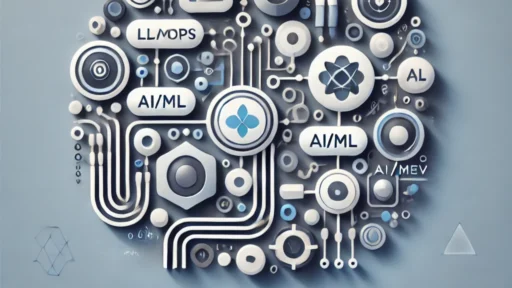In recent years, the DevOps landscape has been evolving rapidly, with new methodologies and practices emerging to streamline and enhance the development and deployment processes. Among these, GitOps has gained significant traction and is becoming a pivotal practice in the DevOps community. This blog post will delve into what GitOps is, its core principles, benefits, and how it is transforming DevOps practices.
What is GitOps?
GitOps is a modern approach to continuous deployment and operational tasks that uses Git as a single source of truth for declarative infrastructure and applications. It leverages Git repositories to store the desired state of the system, and any changes to the system are made through pull requests and Git workflows. This ensures that the entire state of the system is version-controlled and auditable.
Core Principles of GitOps
- Declarative Descriptions: Everything, from infrastructure to applications, is described declaratively in Git. This means that the desired state of the system is explicitly defined in code.
- Version Control: Git is used as the single source of truth. Any changes to the system must be committed to the Git repository, providing a clear history of changes.
- Automated Application: Continuous deployment tools automatically apply changes to the system based on the desired state defined in Git. This ensures consistency and reduces manual intervention.
- Observable and Reproducible: Since the entire system state is stored in Git, it is easy to audit, track changes, and reproduce the environment if needed.
Benefits of GitOps
- Enhanced Collaboration: By using Git workflows, GitOps promotes collaboration among team members. Changes are made through pull requests, allowing for code reviews, discussions, and approvals before they are applied.
- Improved Security: GitOps ensures that all changes are tracked and auditable. This makes it easier to identify who made specific changes and when, enhancing security and compliance.
- Consistency and Reliability: Automated deployment ensures that the desired state is consistently applied across environments. This reduces the risk of configuration drift and improves reliability.
- Rapid Recovery: In case of failures, GitOps allows for quick rollback to a previous stable state by reverting the Git repository to a prior commit.
How GitOps is Transforming DevOps Practices
- Shift from Manual to Automated Deployments: Traditional DevOps practices often involve manual steps in the deployment process. GitOps automates these steps, reducing human error and speeding up the deployment cycle.
- Unified Development and Operations: GitOps bridges the gap between development and operations teams. Developers can define the desired state of the system, and operations can ensure that this state is consistently maintained.
- Infrastructure as Code (IaC) Revolution: GitOps builds on the principles of Infrastructure as Code (IaC) by extending them to application deployment and management. This ensures that infrastructure and application code are treated the same way, promoting a holistic approach to system management.
- Enhanced Monitoring and Observability: GitOps tools often integrate with monitoring and observability solutions, providing real-time feedback on the state of the system. This helps teams quickly identify and address issues.
Implementing GitOps in Your Organization
- Choose the Right Tools: Several tools support GitOps practices, including Flux, Argo CD, and Jenkins X. Choose tools that fit your organization’s needs and integrate well with your existing systems.
- Define Declarative Configurations: Start by defining your infrastructure and application configurations declaratively in Git. This includes Kubernetes manifests, Helm charts, and Terraform scripts.
- Set Up Automated Pipelines: Implement continuous deployment pipelines that automatically apply changes based on the Git repository’s state. Ensure these pipelines include validation and testing steps.
- Promote a GitOps Culture: Foster a culture of collaboration and transparency by encouraging team members to use Git workflows for all changes. Provide training and support to help them adapt to GitOps practices.
Challenges and Considerations
- Complexity: GitOps can introduce complexity, especially in large and dynamic environments. Managing multiple repositories and ensuring consistency across them can be challenging.
- Learning Curve: Teams may need to adapt to new tools and workflows. Providing adequate training and resources is essential to smooth the transition.
- Security Risks: While GitOps enhances security, it also introduces new risks. Protecting Git repositories and managing access controls are crucial to prevent unauthorized changes.
Conclusion
GitOps is revolutionizing DevOps practices by promoting automation, consistency, and collaboration. By using Git as the single source of truth, organizations can achieve more reliable and secure deployments, faster recovery times, and improved overall efficiency. As the DevOps landscape continues to evolve, embracing GitOps can provide a competitive edge and pave the way for more innovative and resilient systems.





